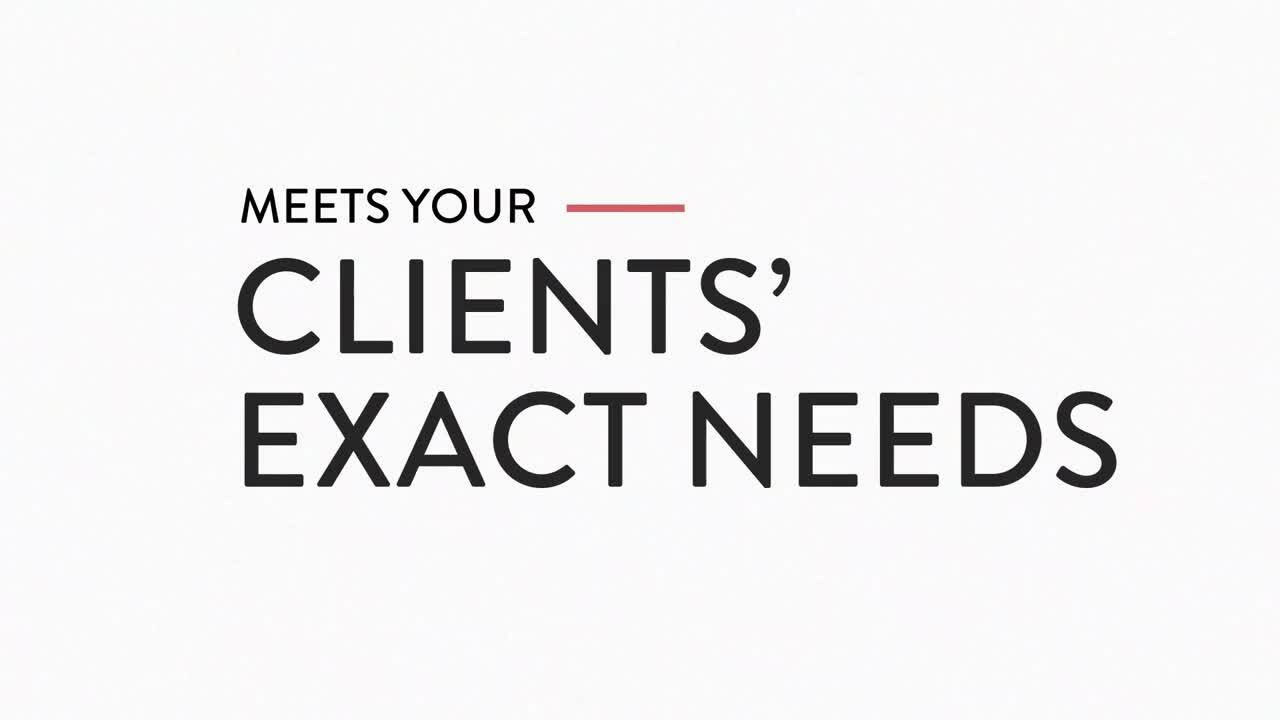Virtual tourism is a growing segment of the hospitality industry that relies on the use of technology to present potential guests, clients, and visitors with a unique and immersive experience. From restaurants to resorts, businesses in the hospitality industry use virtual marketing to promote their business, drive consumer growth, and improve operational procedures. To keep up with all of the trends during this era of digital transformation, many hoteliers are turning to hotel virtual tours and using them to connect with potential clients.
In this guide, we cover the ins and outs of hotel virtual tours. We break down what they are, how to create them, and how they can improve overall hotel performance. We also answer the most commonly asked questions about hotel virtual tours and discuss how virtual marketing is used to expand audience reach, drive hotel revenue, improve day-to-day operations, and much more.
Learn how to unlock the power of hotel virtual tours
What are hotel virtual tours?
A virtual tour is an exciting form of experiential marketing that restaurants, hotels, retail shops, and other businesses use to simulate and facilitate an on-property visit remotely. A popular tool for resorts, vacation homes, branded properties, and other overnight accommodations, hotel virtual tours allow travelers, travel agents, event planners, engaged couples, and so many other customers to visit the property from afar and take a look around.
Through virtual site tours, potential customers can “test out” your property by immersing themselves in a virtual simulation of the hotel. Virtual guests can teleport from one hotel location to another, or from one position in the room to another, simulating the experience of physically moving through the hotel. Remote visitors and potential customers can explore the hotel as a guest and experience everything it has to offer, including:
- Hotel amenities
- Key features
- Check-in
- Lobby spaces
- Restaurant and dining areas
- Fitness facilities
- Hotel pool, spa, or similar services
- On-site vending/market
- Meeting and event space
- Exterior spaces
Through hotel virtual tours, potential guests can “try before they buy.” They can view the property features they care about most, explore the hotel, and decide whether or not to book without being bogged down by wordy descriptions or information they don’t need.
How are hotel virtual tours created?
Virtual tours can be created in multiple ways — one of which involves combining a series of still images or videos to compose a simulated virtual version of an existing location. The images and videos may be combined with music, narration, sound effects, text, and other multimedia elements to create an engaging, interactive experience for viewers.
Most virtual tours that are created this way are filmed from a first-person perspective and provide a 360-degree view, allowing guests to explore the hotel from all angles. When a guest enters the virtual tour, they feel as if they are actually at the hotel. The immersive eye-level perspective allows them to visualize exactly what a visit to your hotel would be like as they move around the property, exploring the lobby and various room types.
Virtual tours can also be created through interactive, photo-realistic 3D technology, which gives hotels the opportunity to upload floorplans and show off their space like never before.
Let us help you unlock the power of hotel virtual tours
Where do hotels display virtual tours?
Virtual tour simulations are beneficial additions to a variety of marketing campaigns, as they work well in video content, search ads, email, and directly on the hotel’s website. Promote hotel virtual tours via YouTube, your hotel’s Google My Business (GMB) account, the Cvent Supplier Network, and social media platforms such as Facebook and Instagram, to expand the hotel’s audience reach.
The types of virtual tours that social media platforms and venue listing sites host vary from channel to channel. Facebook, for example, allows users to share and edit 360-degree photos, which show a photograph from all angles. The field of view is automatically set to the center of the image, allowing visitors to look ahead, above, behind, and below. Through GMB, however, hotels can create and promote an interactive Google Virtual Tour or Street View Virtual Tour. Hotels select a GMB virtual tour package and pay a one-time fee based on the complexity of the virtual tour layout. Once filmed and submitted, Google displays hotel virtual tours on the property’s local Google profile, in search engine results, and on Google Maps.
What should hotels highlight in a virtual tour?
Hotels that outsource their 3D videography commonly request that videographers create multiple different tours for use in differing marketing campaigns. Sales and marketing directors who know their clients (and prospective clients) very well may choose to utilize different tours in various situations, as specific content may appeal to individual market segments more than others or perform better on a particular marketing channel.
Hotel marketing managers may utilize a street view virtual tour on social media to snag audience members’ attention and pique their curiosity. The appealing exterior street view tour sucks the viewer in, engages them, and then prompts a visit to your direct booking site to finish the tour. Intrigued guests that want to take the rest of the tour are directed right to your website, where a “Book Now” button will be waiting to greet post-tour guests.
Free webinar: Convert more planners with stunning site tours
How can hotels benefit from virtual tours?
Hoteliers, general managers, sales directors, and revenue managers can all benefit from using hotel virtual tours. Here are a few examples.
1. Improve marketing
Give guests and planners the opportunity to visualize what a stay or an event at your hotel would actually look like. Hotel virtual tours drive high-value leads with engaging, interactive content, allowing both travelers and travel planners to experience your venue like never before.
Show that your property is a step ahead of the competition and outclass the comp set by taking your hotel site visits virtual. Hotels that offer an experience instead of just a sales pitch are more likely to stand out.
2. Boost sales
Sales and marketing teams use hotel virtual tours to maintain and grow market share, as well as target individual market segments. Hotel virtual tours are an excellent marketing tool for reaching millennials and Gen Z travelers. Reimagine Main Street, an online advertising and digital marketing management agency, found that customers aged 18-34 are 130% more likely to make a booking at a property offering a virtual tour.
3. Execute better events
Executing meetings and events successfully can help sales and revenue directors reach revenue targets. Hotels are also able to build trust and loyalty with travel agents and planners by meeting the expectations set by the hotel’s virtual tour. The hotel features, amenities, and services represented in the virtual experience are present on-site, and the event’s execution is exactly as the planner pictured it.
Hotels can attract guests, travel planners, and other clients to their property through well-executed and immersive virtual tours. Once on-property, hotels have the opportunity to lock in guest loyalty by exceeding the lofty expectations set in the virtual simulation.
Are hotel virtual tours available through Cvent?
Our products help hoteliers market, sell, host, and deliver successful meetings and events.
- Market your space with Photo-Realistic 3D: Beat the competition in today’s remote sales environment with 3D that shows clients how their events will look, down to the finest detail.
- Sell your space with Interactive Floorplans: Allow planners to envision their event at your venue with interactive floorplans on both the Cvent Supplier Network and your website.
- Deliver successful meetings with Cvent Event Diagramming: Show prospects you can deliver on their vision by using a flexible diagramming tool that allows you to update layouts and save new templates. Leverage real-time and to-scale diagramming software with visual seating solutions for in-the-moment collaboration between planners, vendors, and event staff.
How can hotel virtual tours impact guest safety?
Prospective clients who take a virtual site tour can view event space entry points, exterior hotel access, interior walking paths, and other safety features, ensuring potential guests feel safe and comfortable staying at your hotel. In addition, hotels can automatically run updated event plans against the most currently-uploaded safety restrictions to ensure that all events are safe. If needed, amend the layout and improve event safety by making changes, such as:
- Distancing guest seating
- Including hand sanitizer stations
- Creating multiple event check-in areas
Increase booking potential using hotel virtual tours!
Up next, we continue our journey into the world of virtual hotel marketing with a trip to the metaverse. We discuss what the metaverse is and why hotel professionals everywhere are paying close attention to it. Discover everything you need to know about hospitality and the metaverse, including which marketing opportunities are available for hotels, how travel in the metaverse will impact actual travel, and so much more.








